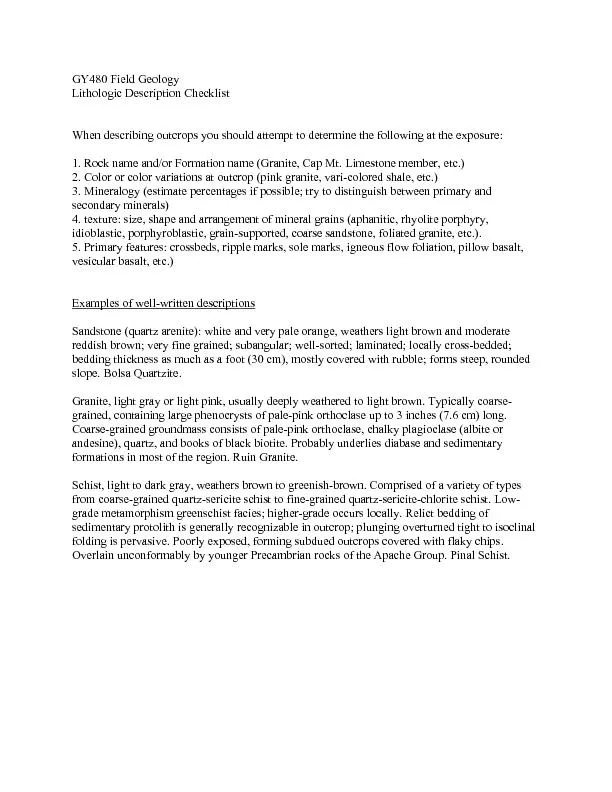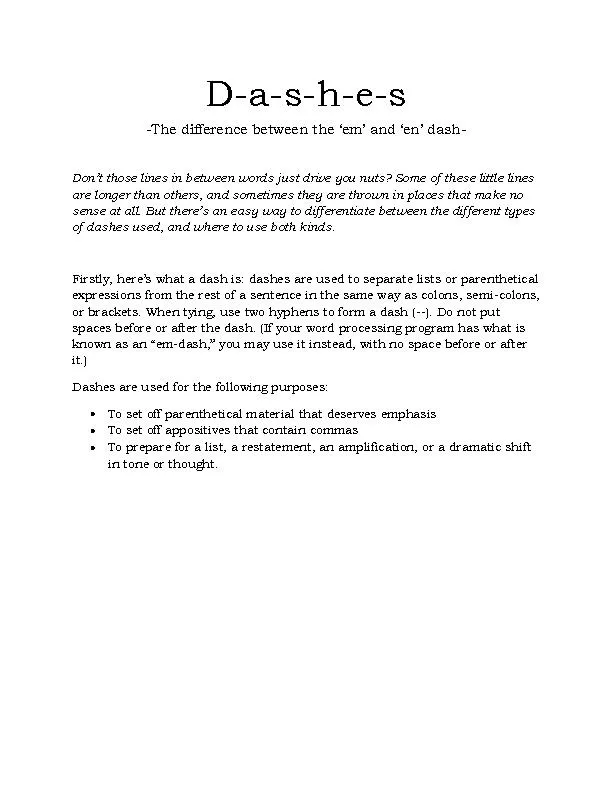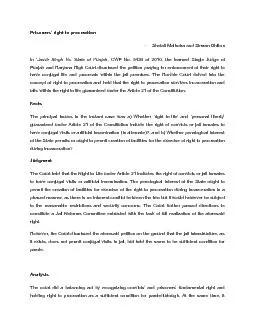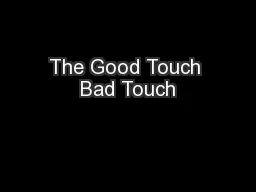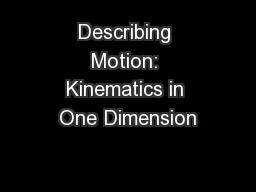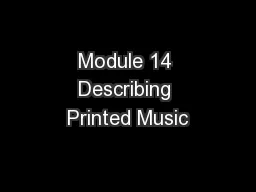PDF-Measuring and Describing Outcrops That You Can’t Actually Touch
Author : calandra-battersby | Published Date : 2016-07-04
Christopher J Stohr Donald Keefer Andrew Stumpf Barbara Stiff and Donald G Mikulic Illinois State Geological Survey Prairie Research Institute University of Illinois
Presentation Embed Code
Download Presentation
Download Presentation The PPT/PDF document "Measuring and Describing Outcrops That Y..." is the property of its rightful owner. Permission is granted to download and print the materials on this website for personal, non-commercial use only, and to display it on your personal computer provided you do not modify the materials and that you retain all copyright notices contained in the materials. By downloading content from our website, you accept the terms of this agreement.
Measuring and Describing Outcrops That You Can’t Actually Touch: Transcript
Download Rules Of Document
"Measuring and Describing Outcrops That You Can’t Actually Touch"The content belongs to its owner. You may download and print it for personal use, without modification, and keep all copyright notices. By downloading, you agree to these terms.
Related Documents

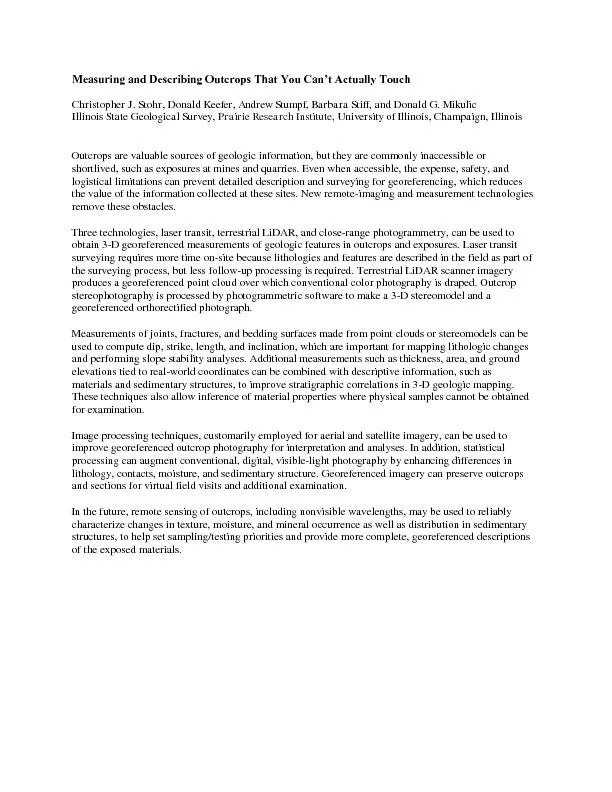
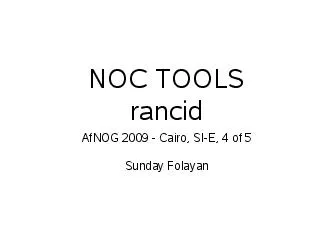
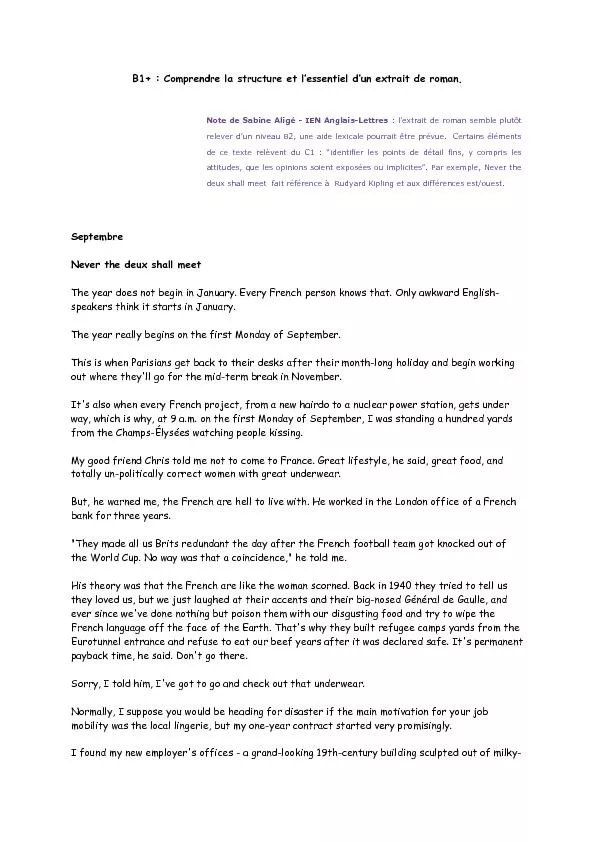
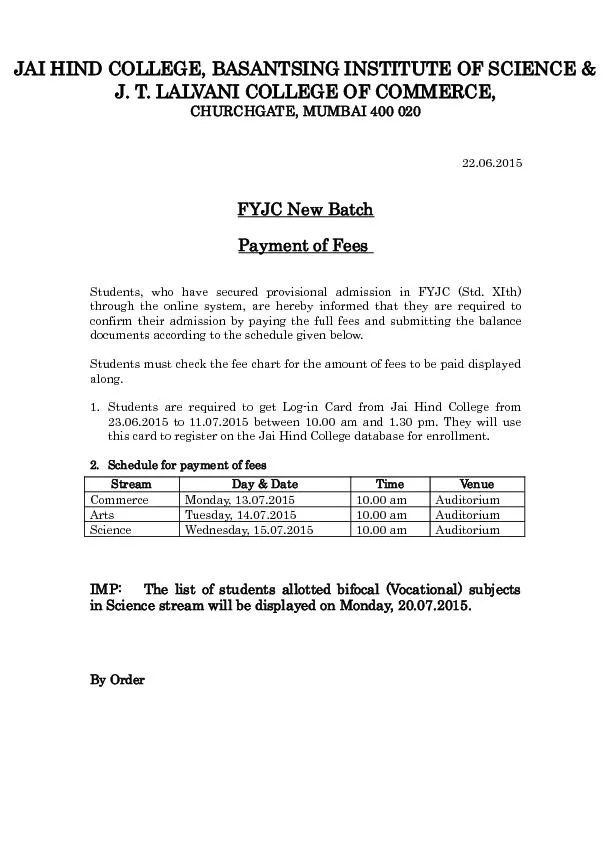
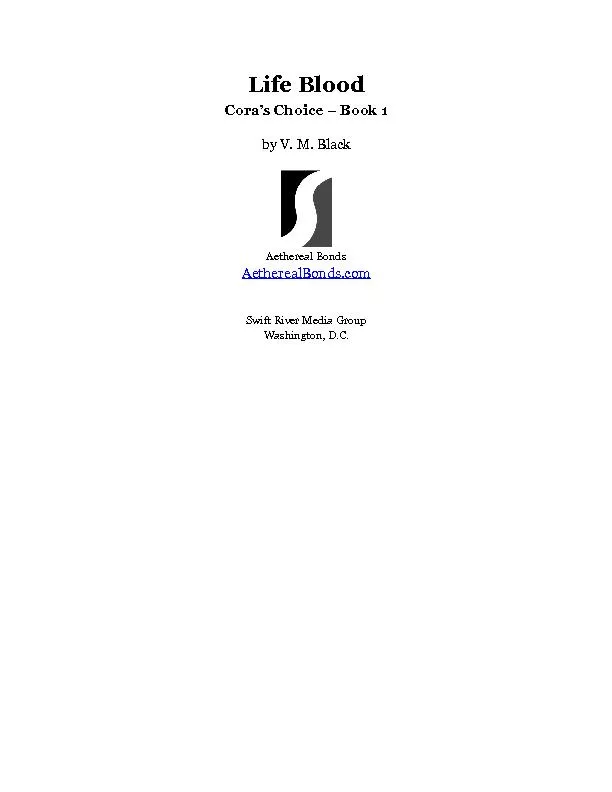
![1.1 245789ਈ346[484]i9o849[34r6g8[8bb4’z4l’](https://thumbs.docslides.com/371922/1-1-245789-x0a08-346-4-x0a0e-84-i9o849-34r6g8-8bb4-x2019.jpg)
